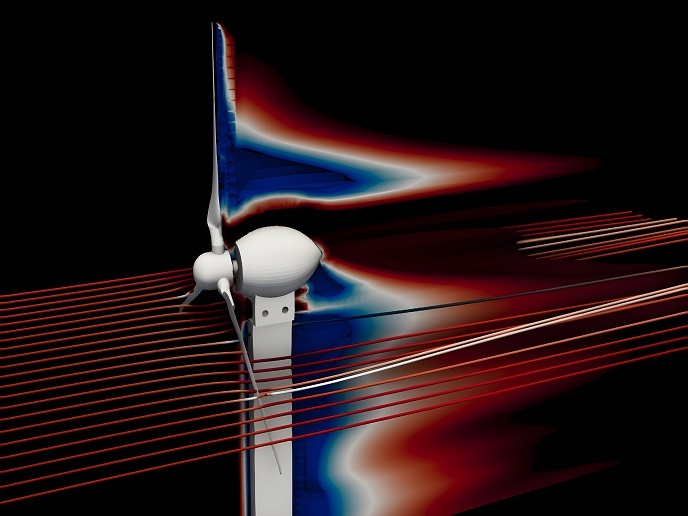Multi-factor optimisation for better imaging
MRI is a non-invasive imaging technique that does not use ionising radiation. MRI tools have become essential to the diagnosis of many medical conditions and have provided a new window on tissues in health and disease. Currently, redesign of the magnetic coil for specialised applications focuses exclusively on electromagnetic properties followed by extensive empirical testing, resulting in suboptimal gradient coils. Thanks to the EU-funded project 'Multiphysics coil design: Applications in novel magnetic resonance imaging systems' (MCODE), the groundwork has been laid to exploit the physics of thermodynamics together with electromagnetic considerations. Multiphysics considerations are expected to reduce temperature, vibration and noise. The result will be greater image resolution, shorter scan times and, importantly, enhanced feasibility of even more novel and specialised systems. Team members first developed code that was designed to be compatible with the inverse boundary element method (IBEM) code for coil design. IBEM simulates the temperature of electromagnetic coils and has been employed to address concerns over the increase in field strength of gradients used in MRI. Predicted temperatures (the forward simulation) were in excellent agreement with those measured experimentally using a thermal imaging camera. The next step was the inverse problem, using the temperature predictions to guide designs for lower (actually lowest or minimum) maximum temperature to enable the higher duty cycles required of novel MRI methods. Scientists developed software to optimise the minimum maximum temperature in a coil subject to creation of a given magnetic field. Researchers then used this software on a standard MRI coil, conducting simulations with different thermodynamic parameters. Coils were redesigned using the minimum maximum temperature optimisation and a much lower peak temperature was predicted. MCODE has created and demonstrated the value of mathematical optimisation software that takes into account thermodynamics in the design of MRI coils for specialised applications. Uptake of the technology by MRI manufacturers should open new markets for high-performance MRI systems that support better diagnosis of important medical conditions in trauma and disease.







